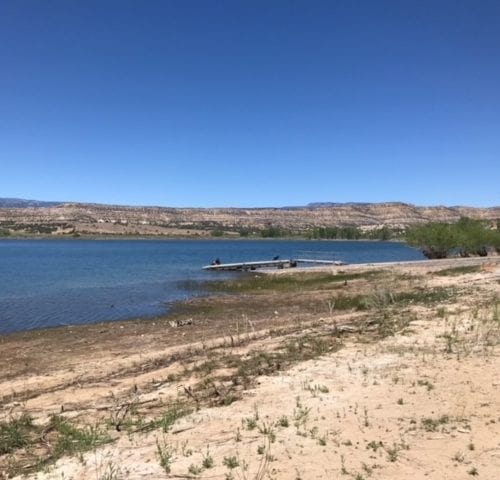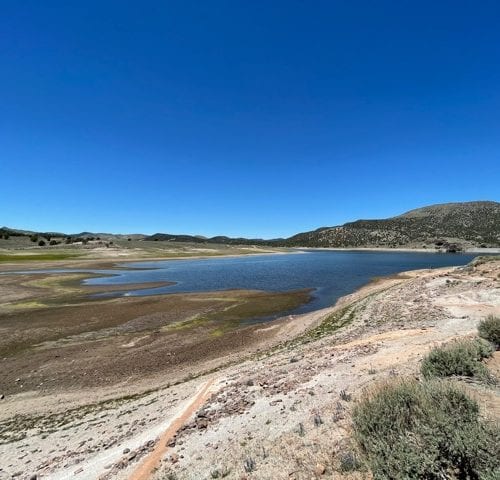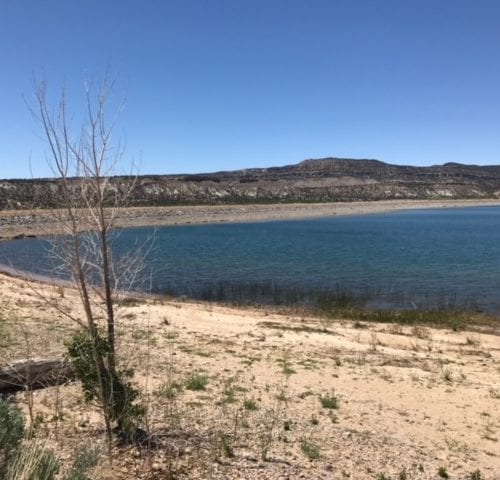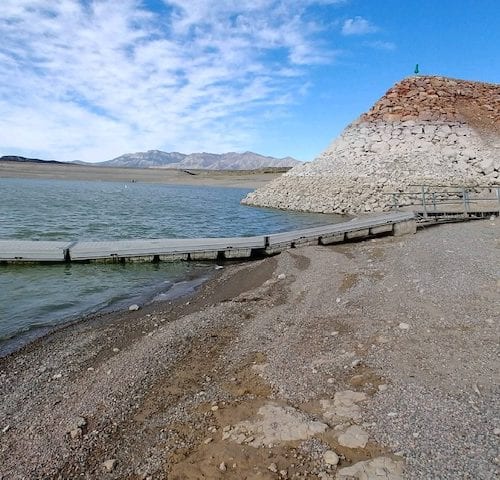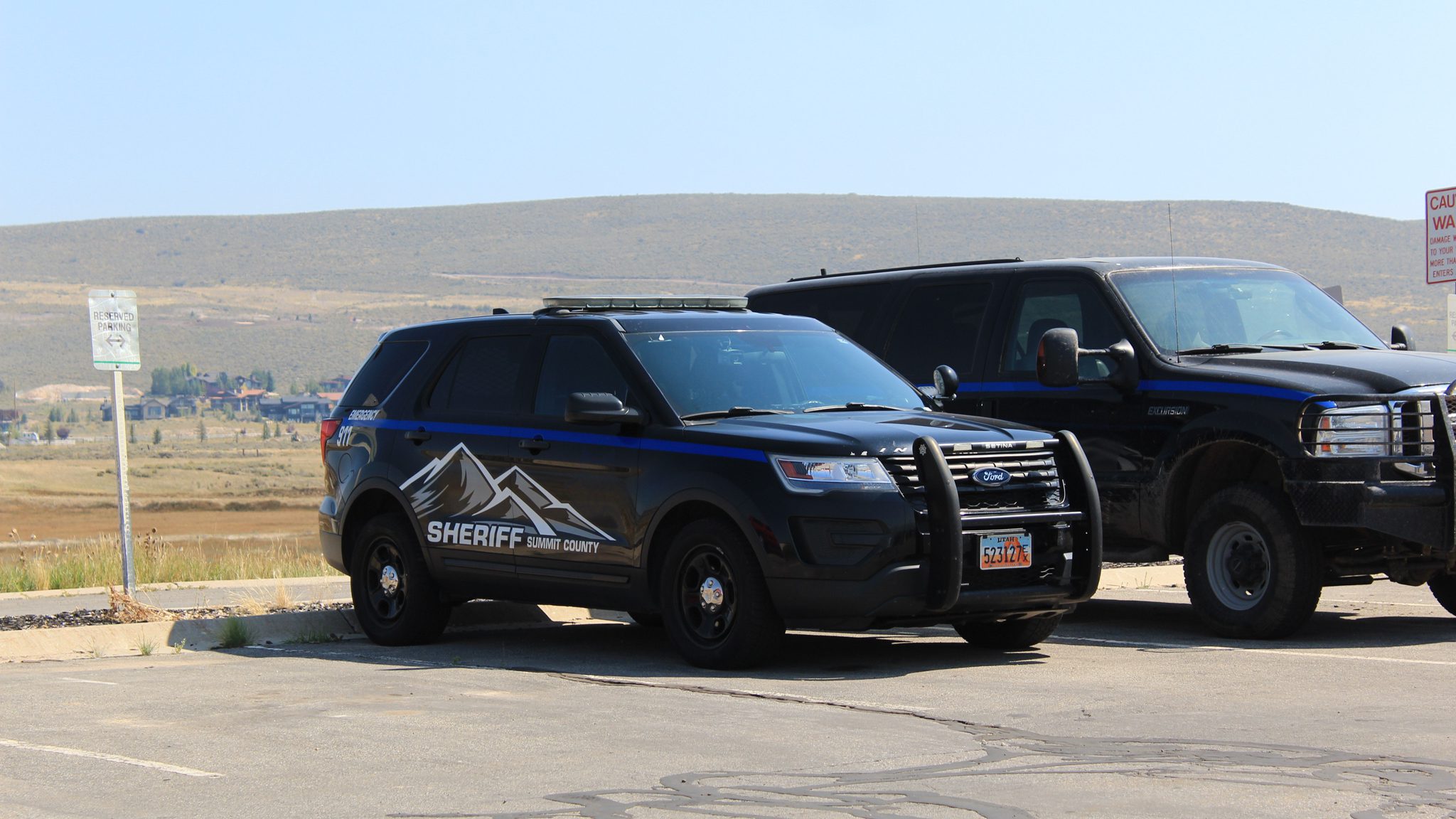News
How Park City manages a drought
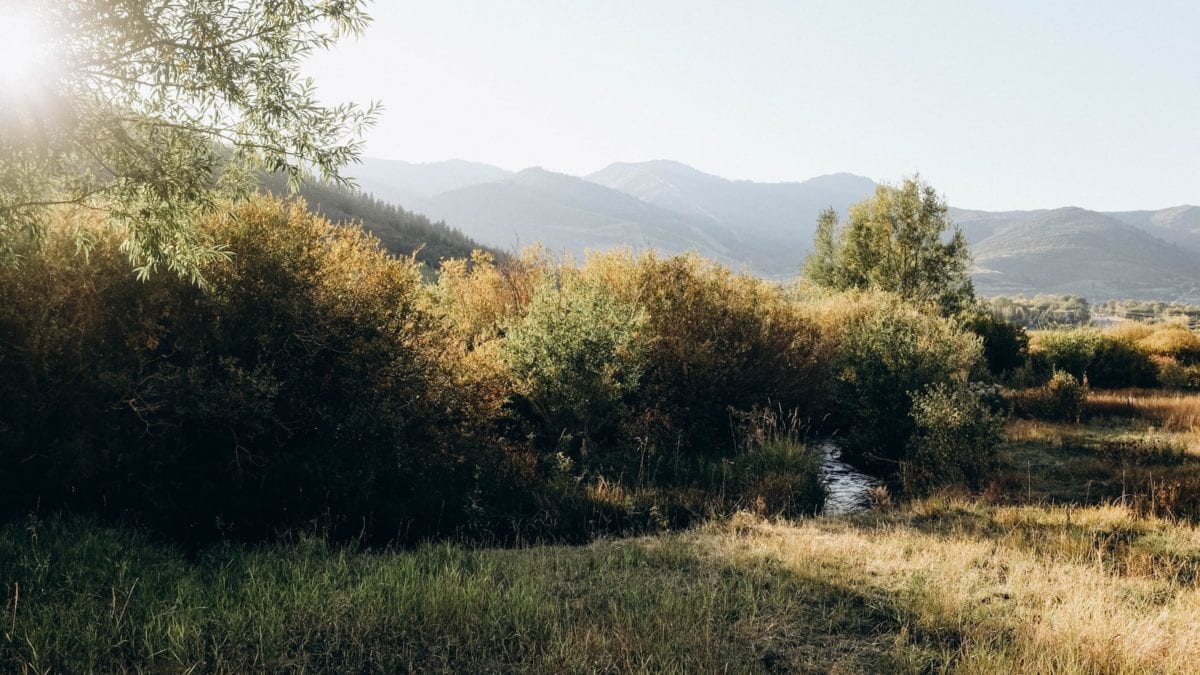
Park City shrubs and creek. Photo: Olivia Hutcherson
PARK CITY, Utah. – On June 2, Governor Spencer Cox put out a request for Utah residents to pray with him for rain. For longtime Utah residents, the separation between church and state has always been murky, so this is nothing new. Yet the point Governor Cox is trying to drive home is that he’s afraid of drought, and Utah residents should be too.
The governor’s call for prayer comes on the heels of his May 13 declaration of a state of emergency due to Utah’s continued drought conditions – his second of the year. The declaration allows drought-affected communities, agricultural producers, and others to continue the process that may provide access to state or federal emergency resources.
Utah’s current drought is one of the most extreme on record, and due to this past winter’s considerably light levels of snowpack, experts agree that wildfire areas are a major concern this summer. Two of Park City and Summit County’s largest water distributors, Mountain Regional Water District and Summit Water Distribution Company (SWDC), have both issued detailed methods for customers to conserve water during the months ahead. Mountain Regional Water District has gone so far as to declare that no irrigation is allowed between 10 am and 6 pm and watering is only allowed every other day. Meanwhile, SWDC recommends only two days of watering per week, if needed.
The city’s constant goal is for residents to reduce water consumption. But what happens when conservation goals aren’t met? Or worse, what happens if extreme drought becomes a reality for much longer than anyone could predict?
According to Park City’s Water Resources Manager, Jason Christensen, Park City has a drought ordinance and municipal code to call upon in the case of water demand exceeding 85 percent of supply. “In that case, we enter a ‘stage one’ declaration and we ask people to water (their lawns) less. If we don’t see demand drop based on that, we enter into a ‘stage two’ declaration, which allows us to crack down on water usage. If that doesn’t work, we enter ‘stage 3’, which prohibits all non-essential outdoor irrigation.” These final declarations would eliminate warnings and allow the city to issue citations.
Before it comes to citations, however, Christensen says Park City has systems in place that he believes will help residents contribute to the state’s water conservation effort. For example, those who live within Park City limits have access to the city’s WaterSmart Program.
This technology allows users to set targets for their water usage and track their progress by receiving regular updates. Park City residents are also subject to a progressive tiered rate structure. This means residents pay more per 1000 gallons of water as their consumption increases, a system “meant to encourage water conservation,” said Christensen.
And whether residents live in Park City limits or not, the greatest drain on the water supply in Summit County and the rest of Utah is land irrigation. “For the average-sized quarter-acre plot of land, 2000 – 3000 gallons will be used per irrigation cycle,” said Christensen. For context, a common in-ground swimming pool that measures 5 feet deep by 12 feet wide by 24 feet long holds 10,800 gallons of water.
When asked whether Park City residents should be concerned about water supply this year, he replied, “Our barometer for water is the snowpack in Thaynes Canyon. This was a bad snow year. What makes it a tough water supply year is that it came on the back of a very hot and dry summer and before that was an average snow year. So, it’s those elements that make it a bad drought.”
For context, Park City does not rely upon just one water source, but eight. There are three deep wells, one spring, the Judge, and Spiro Tunnels, Rockport reservoir, and the Jordanelle Special Service District.
Locals might remember years past when nearby reservoir levels would reach high watermarks in the spring. This is not the case this year, nor was it last year. “Reservoirs are a good indicator of drought level, especially in the early spring. They’re designed to accommodate a couple of bad years in a row, but they can only stand as a buffer for so long,” he explains.
Some good news, however, is that the average home in Park City uses about half of the water today than it used in the year 2000. “People’s habits are improving,” says Christensen.
In the midst of one of Utah’s greatest droughts on record, now is the time for people to take aggressive action towards water conservation in the area that matters most: their yards. “The first step is for residents to take an honest look at their lawns and notice what parts of it aren’t being used,” explains Christensen. “The second step is to consider xeriscaping those parts of their property and planting native plants in place of the lawn. These plants are better adapted to Park City’s naturally arid climate.”
To see a list of drought-tolerant plants, view page 33 of Mountain Regional Water’s 2020 Conservation Plan.
Appreciate the coverage? Help keep Park City informed.
TownLift is powered by our community. If you value independent, local news that keeps Park City connected and in the know, consider supporting our newsroom.

